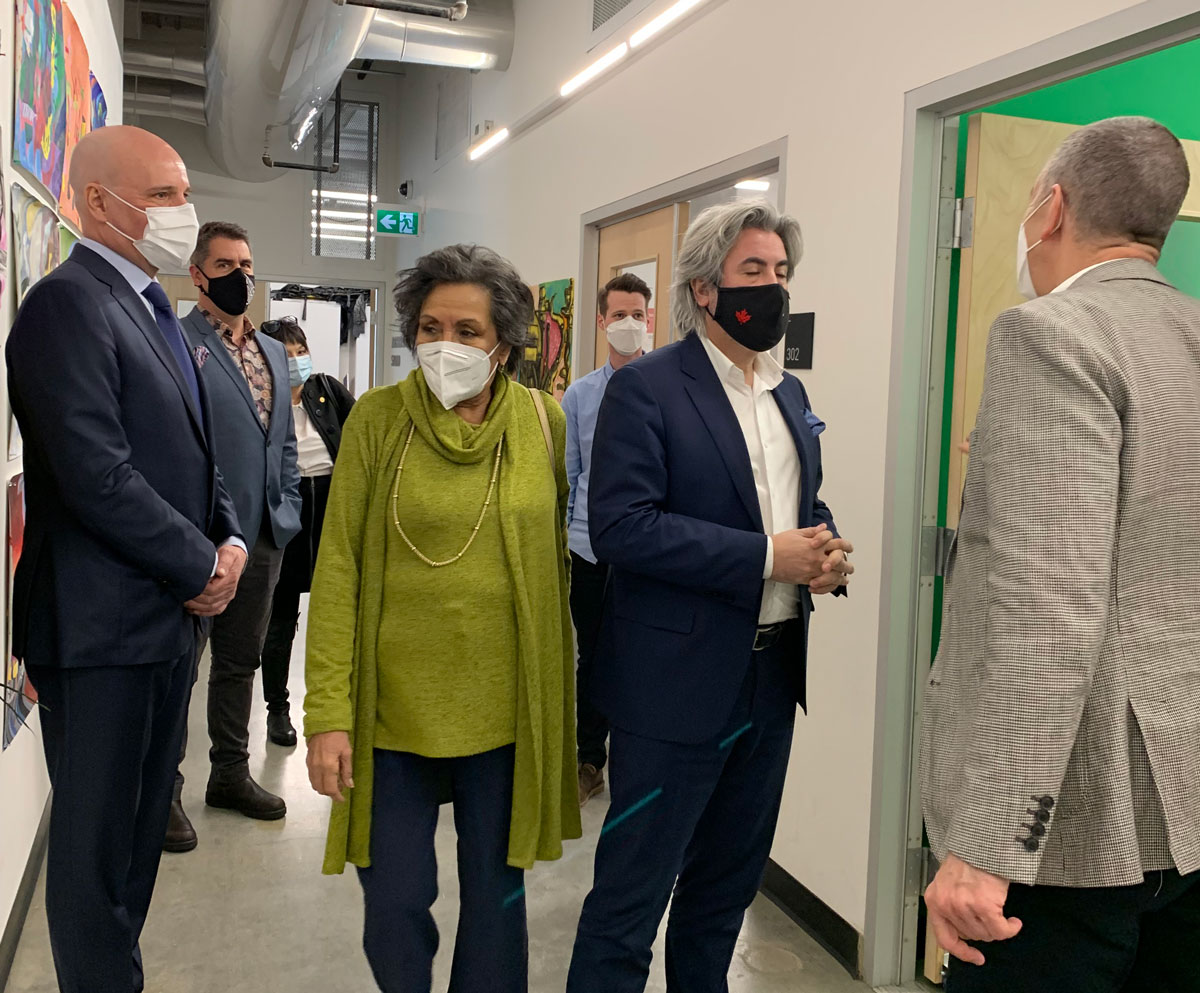This op-ed piece was written in 2014, during the Ebola pandemic. It may be a way, post-COVID-19, of preparing for other pandemics.
While it is urgent and necessary for nations to focus on the rising global terrorism by non-state actors; we cannot forget that pandemics cause as great or even greater threat to human life.
Healthy populations have timely, quality access to care when needed and have strong health systems that are available, regardless of income or rural/urban or isolated habitat.
Ebola has made that clear. With the death toll in West Africa doubling to over 4,500 in one month and little evidence of decreasing, we recognize the risk of pandemic. We are reminded that global travel is a precipitating factor.
Trading ships in the 14th century brought the “black death”, spread by rats, to Europe, killing over 75 to 200 million humans. The Spanish flu, carried by soldiers, after World War One, caused more loss of life than the war itself, an estimated 20 million to 50 million people died.
In this century, as global travel reaches every obscure corner of the world, diseases once limited to specific regions, have moved beyond their borders to become ‘pandemic’ instead of epidemic.
HIV/AIDS comes to mind, and to lesser extent, SARS, H1N1, and Tuberculosis (TB) all carrying death tolls in the thousands. Who knows what the next pandemic will be?
These facts should cause us to pause, and be aware that we may be at risk of developing tunnel vision, if we focus on one threat to the exclusion of other equal or more virulent threats to human-kind. That is why global health must become a priority for the world’s nations.
The first principle of public health, when dealing with a contagious disease, is to contain it. That means isolation of the affected, prevention of spread to others (once we ascertain mode of contagion), identifying incidence (groups at risk), treatment and prevention by vaccine when possible.
This is not so simple.
We have learned, as we try to contain the Ebola epidemic in West Africa, that that the rapid spread, high mortality rates and challenges with containment are the result of poor health infrastructure, (clinics and personnel), poor physical infrastructure, roads, bridges, water supply and electricity as well as poverty and ignorance. All of these factors prevent rapid response, affect treatment efficacy and increase patient mortality. Effective containment of disease can be difficult where there is overcrowding. Prevention of spread can be hampered by cultural practices and beliefs. Lack of basic health systems can lead to inability to implement even the simplest treatment measures.
Basic population health is also a critical factor. Healthy populations withstand disease more easily than malnourished, unhealthy ones. Healthy populations have potable water supplies. Healthy populations have timely, quality access to care when needed and have strong health systems that are available, regardless of income or rural/urban or isolated habitat.
Lack of basic education leads to superstition, misinformation and fear. Lack of adequate housing leads to overcrowding and disease becomes more easily communicable. This is as true of Canada’s north where population health status is poor, as it is of Sierra Leone. It is as true for women in Bangladesh who in the rainy season die in child birth, unable to get trained care because roads are inaccessible.
Our approach to global health should be to focus not only on emergency aid in times of epidemic, but on eradication of poverty (still the single greatest determinant of health), on primary, public education, on training of front line health human resource workers, on development of universal, public health systems that can rapidly respond to epidemics and catastrophes, equally in rural and urban areas, and to development of transportation, electrical and other infrastructure systems.
Canada should and could have a role, working through the World Health Organization, to create such basic systems, through international aid.
But, it must also look internally to the failure of our own health system to serve the needs of our Northern peoples where TB is highest (234 cases per 100,000) primarily because of inadequate housing and overcrowding.
The Commonwealth Fund has recently, demoted Canada’s health system rating from 4th in 2004 to 10th, among countries with public health care systems.
Health, writ large, is more than just the absence of disease.
Healthy populations can only be achieved here and globally when adequate income, safe and secure food sources, housing and infrastructure are well established. The world’s wealthiest nations must make the necessary investments to ensure these outcomes.
We cannot continue to react with fear and panic to global health crises, we must take the steps to prevent and mitigate their impact now.
It is in our own best interest.





